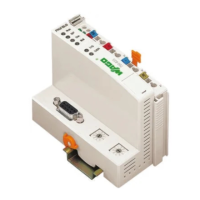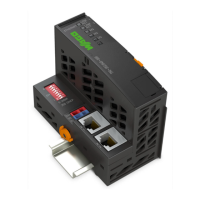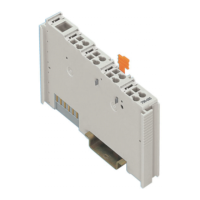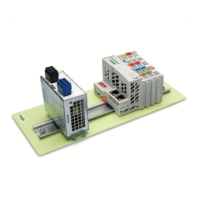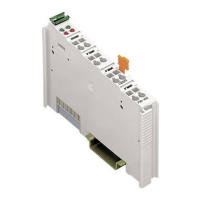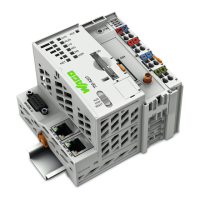vi • Table of Contents
WAGO-I/O-SYSTEM 750
Linux Fieldbus Coupler
8 Application Examples.............................................................................166
8.1 LED Indication Example......................................................................167
8.2 Example kbusdemo .............................................................................. 171
8.3 Example of a Modbus TCP Server.......................................................175
8.4 Example Program for a CGI Application.............................................177
8.5 Example of Reading and Writing from the NVRAM ..........................183
9 Bootloader (U-Boot)................................................................................186
9.1 Boot Loader Toolchain.........................................................................186
9.2 TFTP Server Setup ...............................................................................187
9.3 Unpack the Source Code ......................................................................188
9.4 Compile Boot Loader ...........................................................................188
9.5 Environment Variables.........................................................................189
10 Fieldbus Communication........................................................................191
10.1 ETHERNET .........................................................................................191
10.1.1 General.............................................................................................191
10.1.2 Network Architecture – Principles and Regulations ....................... 192
10.1.2.1 Transmission Media.................................................................... 193
10.1.2.2 Network Topologies....................................................................195
10.1.2.3 Coupler Modules.........................................................................198
10.1.2.4 Transmission Mode.....................................................................198
10.1.2.5 Important Terms..........................................................................200
10.1.3 Network Communication.................................................................202
10.1.3.1 Protocol layer model...................................................................202
10.1.3.2 Communication Protocols...........................................................204
10.1.3.3 Channel access method...............................................................205
10.1.3.4 Administration and Diagnosis Protocols .................................... 212
10.1.3.5 Application Protocols..................................................................217

